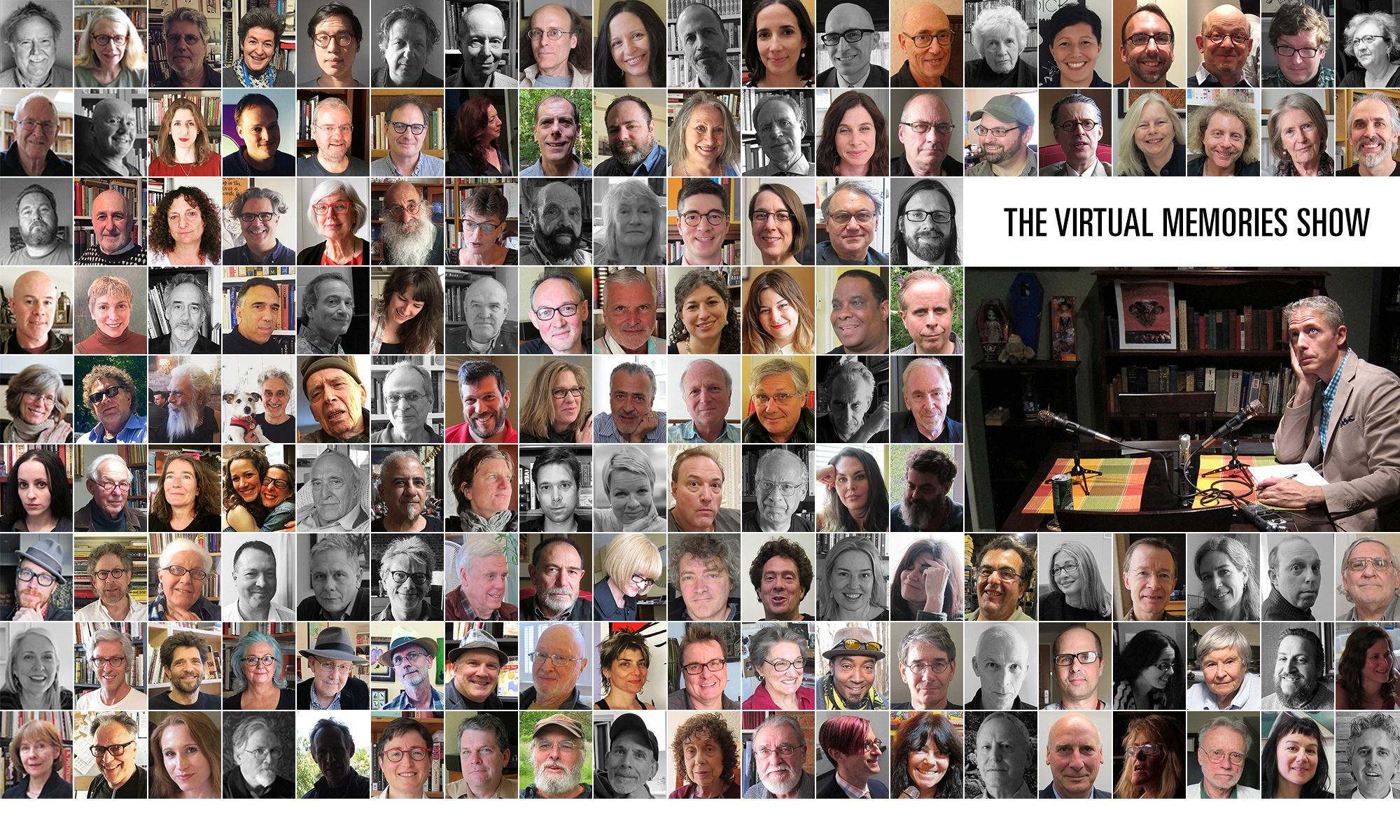A few weeks ago, I goofed on NYTimes writer Nicolai Ouroussoff’s starchitecture rimjob about planned cities. I contrasted it with a second NYTimes article that discussed the moral quandary of taking commissions from dictatorships.
In yesterday’s NYTimes, Ouroussoff managed to top himself, going gaga over the starchitecture in Beijing, conflating events in Beijing with those throughout China, condemning the west for not allowing starchitects like Rem Koolhaas the opportunity to build whatever is capable of being built — whoops! I meant, “probe the edges of the possible” — and concluding that modernism is going to redefine the public sphere in China, where they have a “fierce embrace of change.”
In one of the article’s early non-sequiturs, the writer contrasts the new airport and its transportation hub to, um, New Orleans (?):
This sprawling [transit] web has completely reshaped Beijing since the city was awarded the Olympic Games seven years ago. It is impossible not to think of the enormous public works projects built in the United States at midcentury, when faith in technology’s promise seemed boundless. Who would have guessed then that this faith would crumble for Americans, paving the way for a post-Katrina New Orleans just as the dream was being reborn in 21st-century China at 10 times the scale?
Mr. Ouroussoff’s doesn’t seem to find faults in modernist architecture, focusing instead on how generic office buildings and slums highight the inequality of the city’s economy. For the article’s climax, he waxes rhapsodic about Rem Koolhaas’s CCTV building, in a passage I have to quote in its entirety, because there’s no way I can do justice to this level of bullshit:
But the [CCTV building] is a formidable challenge to all of our expectations of what a monumental building should be. Like Mr. Herzog and Mr. de Meuron, Mr. Koolhaas is part of a generation of architects, now in their late 50s and early 60s, whose early careers were shaped in opposition to the oppressive formal purity of mainstream Modernism. They fashioned asymmetrical forms to break down the movement’s monolithic scale and make room for outcasts and misfits. The problem they face now is how to adjust that language for clients that include authoritarian governments and multinational corporations.
In his design for the CCTV headquarters, Mr. Koolhaas begins by obliterating any trace of the human scale from the exteriors. There are no conventional windows, no clear indication of where the floors begin and end. The forms completely distort your perspective of the building; it seems to flatten out from some vantage points and bear down on you from others.
As a result it is almost impossible to get a fix on the building’s scale. Seen through the surrounding skyline of generic glass-and-steel towers, it sometimes seems to shrink to the size of a child’s toy. From other angles it seems to be under a Herculean strain, as if fighting to support the enormous weight of the cantilevered floors above.
This is not just a game. Mr. Koolhaas has set out to express the elasticity of the new global culture, and in the process explore ways architecture can bridge the gap between the intimate scale of the individual life and the whirling tide of mass society. The image of authority he conveys is pointedly ambiguous. Imposing at one moment, shy and retiring the next, the building’s unstable forms say as much about collective anxieties as they do about centralized power.
Then, complaining about the reflexive repression of a totalitarian regime that can afford to impose Mr. Koolhaas’s vision on the cityscape, Mr. Ouroussroff notes, “For now, however, it is not the architect who will determine the degree of openness at CCTV but the company’s government-appointed board of directors.” Earlier, he points out that the government plans to block roads to the building and restrict access to CCTV employees. See, when it comes to “the dividing line between public and private spheres,” that gets written by the guys with the guns, not the guys with the girders. (There’s a dividing line between spheres?)
I think it’s awesome that China is a “great laboratory for architecture,” even though the Mr. Ouroussoff doesn’t appear to have traveled beyond Beijing. After all, China’s a small and uniform country, right?
Still, I bet the parents of the kids who were killed, maimed or buried alive by collapsing schools in the Sichuan earthquake last May would be willing to trade the new national theater building, the new airport and even the CCTV building for decent architecture and construction standards outside the big city.

That last paragraph in your quote wins my prize for the most bombastic assessment of the building and global society possible – it’s the one that stuck out at me as I read the article yesterday. It makes me feel now the way you felt back in the mid-90’s about the term “tropes.”
When I was in Shanghai a few years ago, the best-looking buildings were old shikumen houses restored by an American firm One of the newer gems of which the city is so proud is the Disney-esque Oriental Pearl Tower – a glorified TV tower. Classy.
“Rimjob” doesn’t get nearly enough work as an insult-word.
Nor as a compliment!
That’s so rimjob.